So, You Want To Build A Chicken Coop?
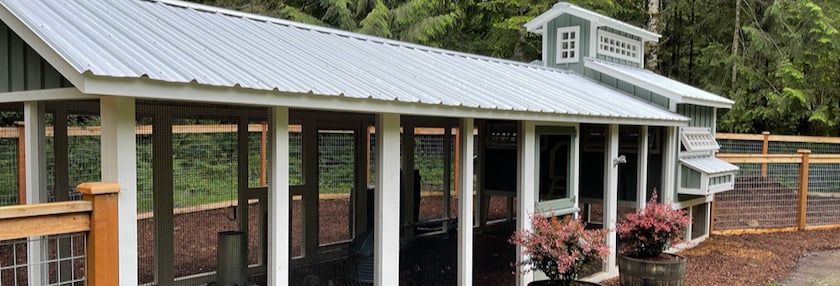

Learn key design tips from the best
Matt Duboise built his first chicken coop from materials pulled out of a dumpster. Sound familiar?
Fast forward to today and Matt’s company, Carolina Coops (carolinacoops.com), makes both standard design coops as well as custom chicken coops where the limit is your imagination. (The only dumpsters behind his modern Creedmoor, North Carolina factory are for trash.)
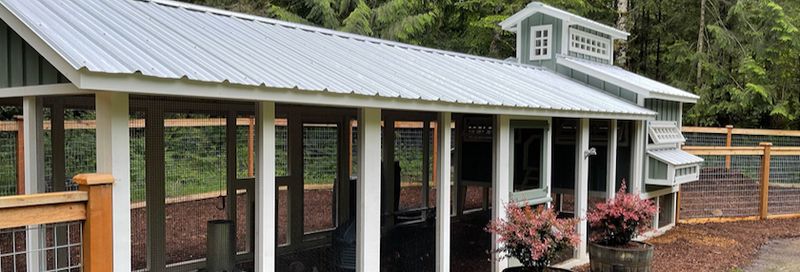
Matt had some advice for anyone thinking of building their own coop. (Unsaid is “don’t use scrap materials from a dumpster,” unless you really, really want a challenge.)
One thing influences another
“What a lot of people don't realize is the domino effect when it comes to designing and building a chicken coop,” Matt says. For example, you’ll want a roof over your birds, but do you know how much framing is required to support it? And what will you need extra to accommodate windows, doors, and so on?
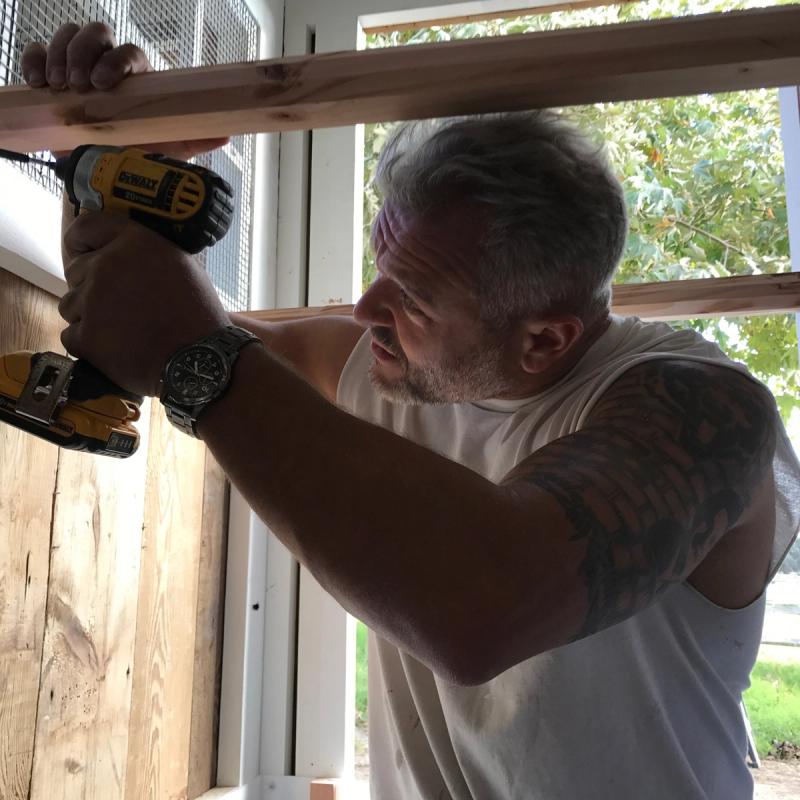
In other words, designing your own coop requires a wholistic approach to planning, even before the first board is cut. A prime example is to begin with the egg hutch, which many people leave to last. “You got to make sure that you have room for the egg hutch. People screw that up all the time,” he says.
Plan on chicken math
Oh, you’re not familiar? Ask any chicken keeper how many hens they started compared to today’s flock size. People like chickens, and it’s hard to say no to a new breed or one (or two or three) that lay different colored eggs.
This happened to Matt, too. “And that's when…chicken math kicked in and I found out real fast I wanted more chickens, which meant I needed a bigger henhouse.” So he sold that first henhouse and built another. “Unless you like building chicken coops, you’ve got to prepare yourself for growth of your flocks. You got to make sure your henhouse is big enough to grow your flock without having to do an addition on the side of your henhouse.”
Give them vertical room
So, the next tip Matt offers is to be sure you give your chickens enough room, including elevated roost space. Chickens are active, and most don’t like being close to one another, which is why they like to fly up to low tree branches when wild in nature.

“They want to go up into the tree branches. That's what their instincts are. So, that encourages their instincts to go up into the henhouse.” Carolina Coops designs are based on an elevated henhouse concept, too.
He also points out that chickens prefer to have a solid roof run, to mimic the canopy of the forest. “They like to actually be undercover so they're protected from predators.” Carolina Coops designs are based on an elevated henhouse.
Design in considerations for weather
Many chickens breeds are sensitive to heat, making it important to have ventilation and shade.
“Also, chickens don't do well in the heat. So, if you're building a chicken coop in areas that there's potential high heat, you've got to make sure they have the ability to have shade. Also, you want to have them to have the ability to be able to get out of the rain or the snow if need be.”
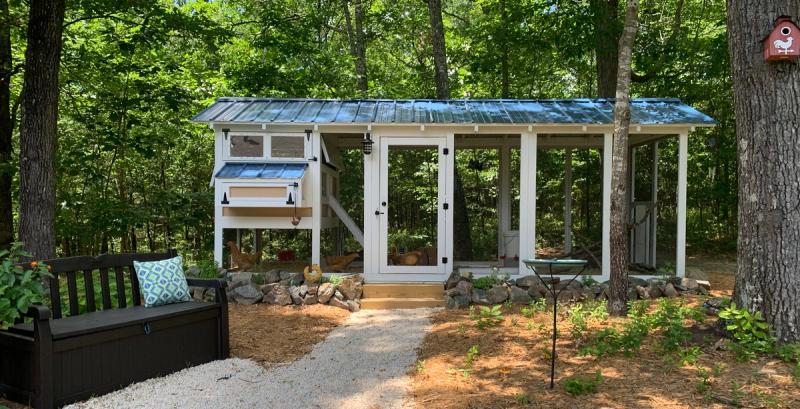
Considerations for you
Matt and his team have custom-designed coops to accommodate not just chickens, but the needs of owners, too. Consider cleaning, which can be a chore even under the best circumstances.
“Probably the most important thing when we talk about function is addressing the biggest chore to having chickens. And that is when it comes time to clean it out.” As a consequence—and remember Matt’s one-thing-influences-another warning—many Carolina Coops are built with a n elevated deep-litter system that requires only annual cleaning under most circumstances.
“Even if you're not going to clean out your henhouse with a deep litter system, you use traditional cleaning practices, you're not bending over so it makes it not as bad.”
Then there is the egg issue. Most D-I-Yers build a top-opening egg hutch, which simply lets in rainwater.
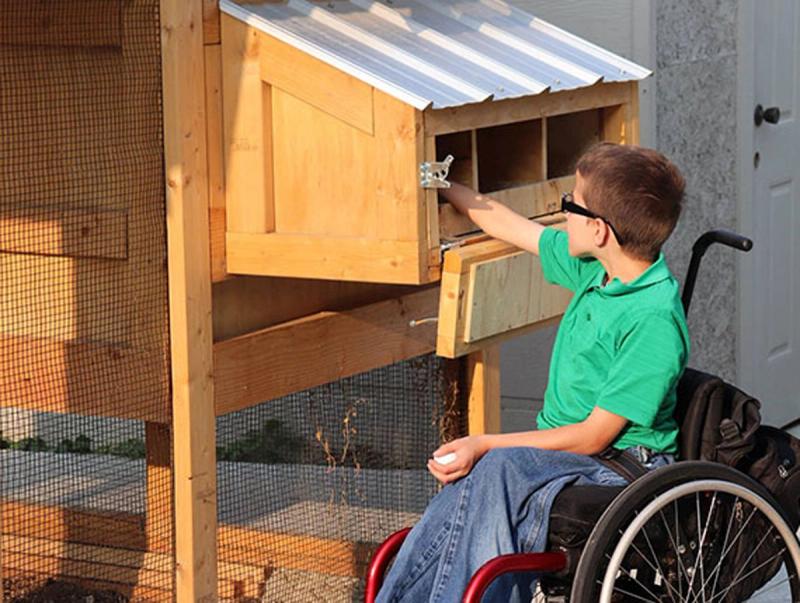
“That's just a huge no-no. One of the things I love about our egg hutches is they're all designed with a dropdown door on the side of the egg hutch. And the reason for that is by not lifting up the roof, you eliminate those leak points.”
Keeping human and poultry happy
Matt’s Carolina Coops have even been featured on cable home shows, and for good reason—they are functional as well as stylish. “We have figured out how to have that perfect marriage between chickens and humans,” Matt says. “We have figured out how to keep the chicken safe. We have figured out how any human being, again, whether they're in a wheelchair or they're six-foot tall, they can get to the eggs.”
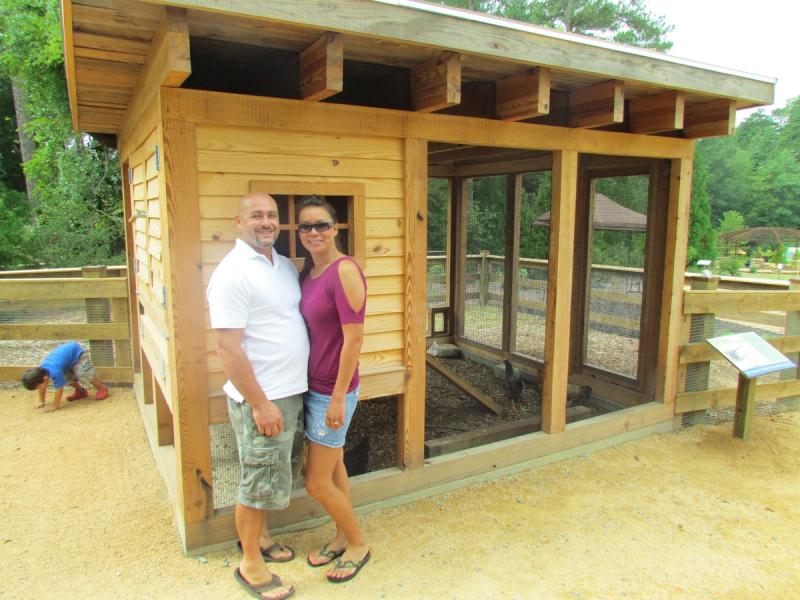
Matt has one last tip for prospective chicken coop builders: Leave it to the pros, since they have the materials, equipment, and expertise to produce an end result that is worthy of your love of chickens.
“I know we have reinvented what a backyard chicken coop should be.”
Tags:Chicken Chatter

Acreage Life is part of the Catalyst Communications Network publication family.
















